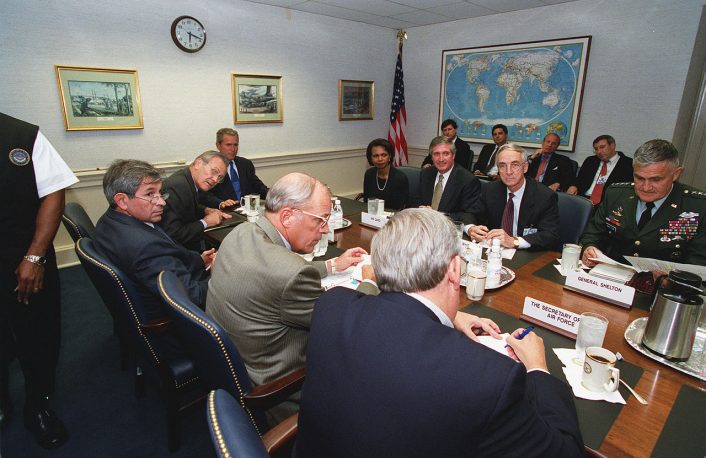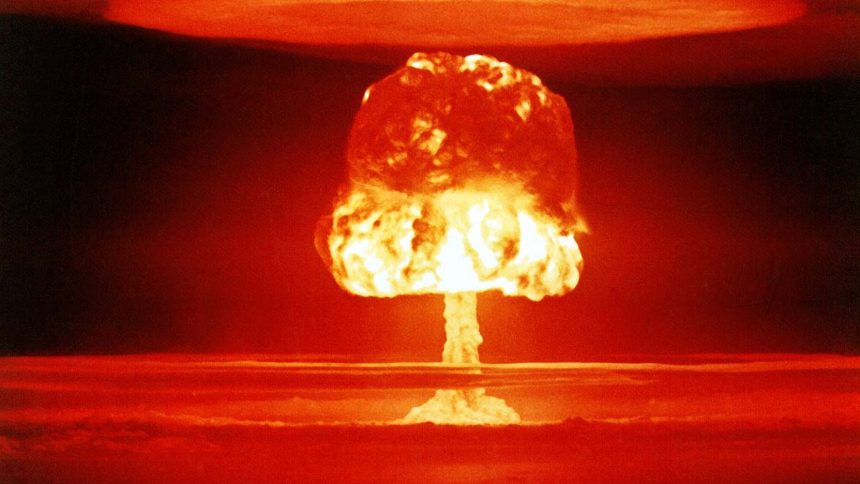Created during the Cold War as a system of progressive levels of defense readiness for a potential nuclear attack, DEFCON is a ranking of perceived nuclear threat level facing the national security of the U.S.
The Origins of the DEFCON System
DEFCON is short for Defense Condition, or sometimes referred to as Defense Readiness Condition, a system implemented by the United States’ Joint Chiefs of Staff in 1959. A Joint Chiefs of Staff memo, “Readiness Conditions Uniform”, explained the system: “A uniform system of progressive readiness is essential in insuring timely, accurate and clear direction of commands subordinate to the Joint Chiefs of Staff and in achieving greater effectiveness of U.S. forces in preparation for execution of contingency or emergency war plans. It will also assist in more rapid interpretation and evaluation of the readiness posture of the unified and specified commands.”
The system is composed of a numerical system that ranks the threat level, with DEFCON 5 being the lowest perceived threat level and DEFCON 1 being the highest most urgent level of readiness for nuclear war. The DEFCON level is determined by the President, Secretary of Defense, and the Joint Chiefs of Staff along with the Combat Commanders. DEFCON levels may be different at different branches of service, bases, or command groups.
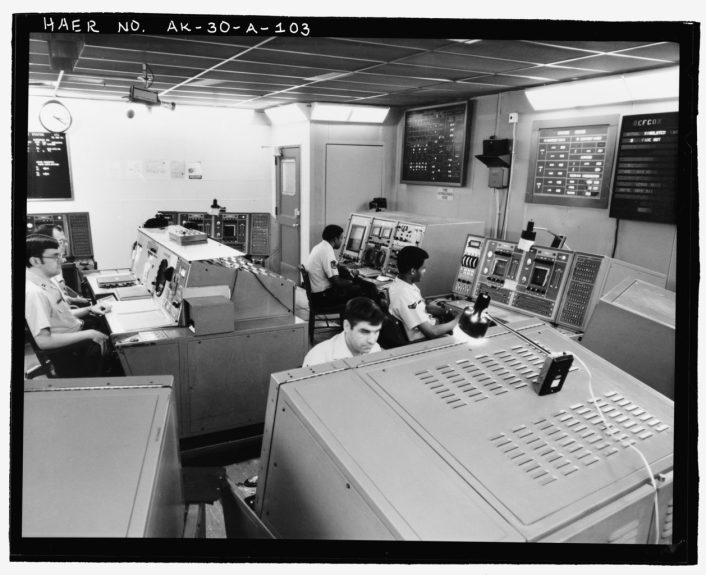
DEFCON 5
DEFCON 5 (exercise term “Fade Out”) would be the lowest level of readiness for the United States Military for nuclear war. It represents a normal readiness posture, known as “peacetime normal.” The Joint Chiefs of Staff memo described DEFCON 5 as “a normal readiness posture which can be sustained indefinitely and which represents an optimum balance between the requirements of readiness and the routine training and equipping of forces for their primary mission”.
DEFCON 4
DEFCON 4 (exercise term “Double Take”) is the threat level that governs the everyday operating procedures of fighting units. The United States would shore up security and increase surveillance and intelligence gathering during this threat level. The original Joint Chiefs of Staff memo describes it in this manner: “a readiness posture requiring increased intelligence watch and a continuing analysis of the political/military situation in the area of tension”. Normally U.S. forces are either at DEFCON 5 or 4.
DEFCON 3
Inching closer to war is DEFCON 3 (exercise term “Round House”), normally seen as a standby alert and is the highest alert level during peacetime. Described in the Joint Chiefs memo as “a readiness posture that requires certain portions of the assigned forces to assume an increased readiness posture above that of normal readiness”, it is publically known U.S. forces have been at DEFCON 3 at least a few times in history. DEFCON 3 would include preparations for units to move out with those in uniform being required to return to their units, with leaves and passes cancelled.
During the 1962 Cuban Missile Crisis, most of the U.S. military was ordered to DEFCON 3, and in 1973, President Richard Nixon put some of the U.S. military at DEFCON 3 during the Yom Kippur War as a reaction to concerns the Soviet Union might intervene in the conflict along with reports Soviet forces were moving nuclear weapons via a ship to Egypt, posing a threat in the Middle East. Following the axe murder of two United Nations Command officers at Panmunjom on Aug. 18, 1976, readiness levels for US forces in South Korea were increased to DEFCON 3. During the attack on the World Trade Center and the Pentagon on Sept. 11, 2001, Defense Secretary Donald Rumsfeld ordered the military to DEFCON 3. It was later moved back to DEFCON 4 on Sept. 14.
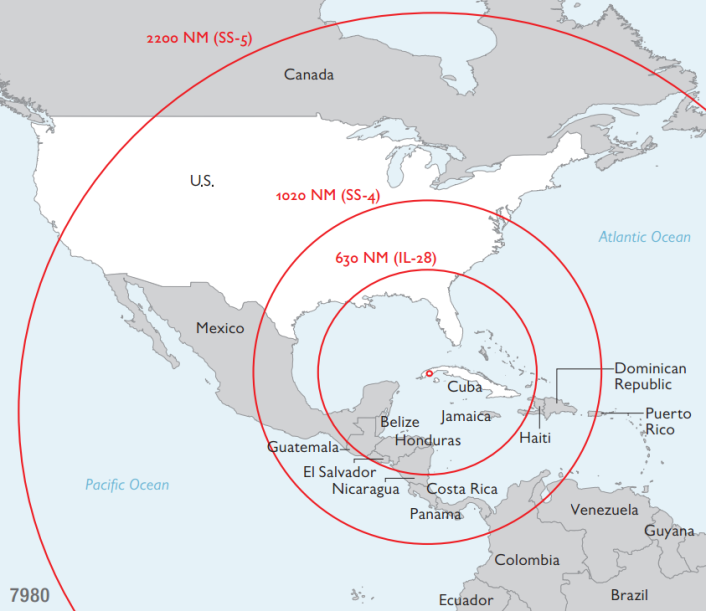
DEFCON 2
One step away from nuclear war is DEFCON 2 (exercise term “Fast Pace”), a condition implemented when attack is expected. The military is prepared for combat. “A readiness posture requiring a further increase in military force readiness which is less than maximum readiness; certain military deployments and selected civil actions may be necessary in consonance with the command’s mission” reads the description of DEFCON 2 in the Joint Chiefs memo.
At this level, U.S. heavy bombers would be nuclear armed and several airborne around the clock with the assistance of aerial refueling, with other bombers prepared to launch at a moment’s notice. Other nuclear forces such as submarines, ships, and missile bases make preparations for launch. The Strategic Air Command (SAC) of the United States Air Force (USAF) has gone to DEFCON 2 once, that is publically known, during the Cuban Missile Crisis in 1962, at which point the world was on the brink of World War Three and nuclear war.
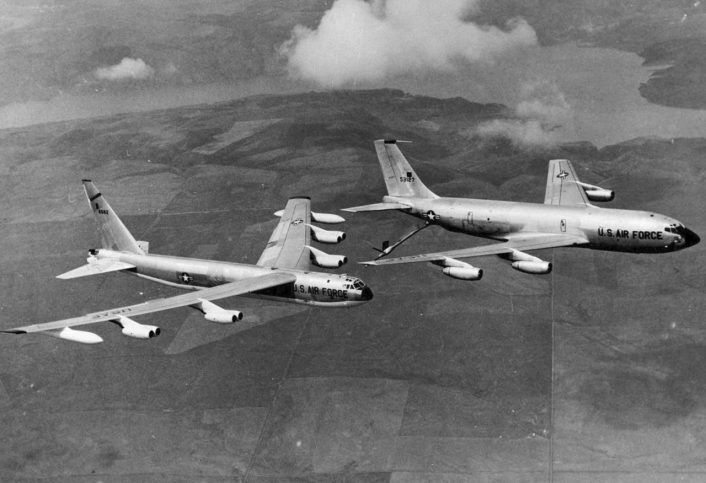
DEFCON 1
DEFCON 1 (exercise term “Cocked Pistol”) is the most urgent alert level and the highest level of readiness for nuclear war, indicating an attack is imminent from an enemy or already underway. U.S. forces would be in full war mode at this level. The Joint Chiefs memo states: “a maximum readiness posture requiring the highest state of preparedness to execute war plans” as DEFCON 1. The United States military is thought to have never been placed in DEFCON 1 since the DEFCON system has been implemented.
Need to Know
Current DEFCON levels are not made public by the United States for security reasons; however, you can find the current estimated level at https://www.defconlevel.com/. Defconlevel.com is a private OSINT (Open Source Intelligence) global threat monitor. At the time of this writing, this site estimates that U.S. forces are at DEFCON 3 due to the Russian/Ukrainian situation and the fact that Russian President Vladimir Putin has ordered Russia’s nuclear forces on alert in response to Western sanctions and other pressure being applied creating rising tensions.
